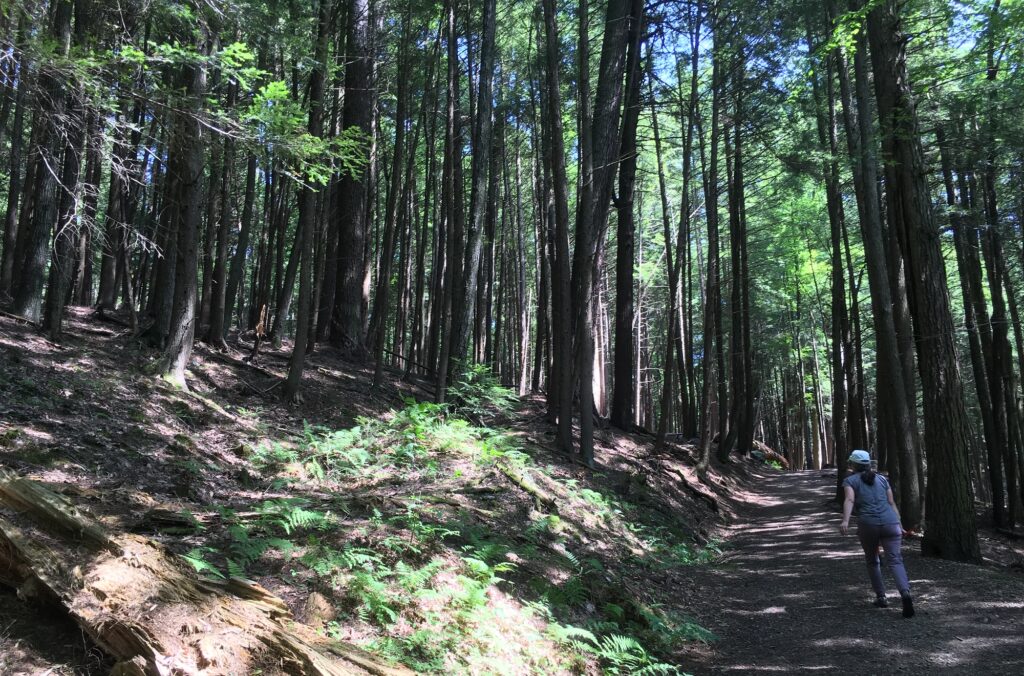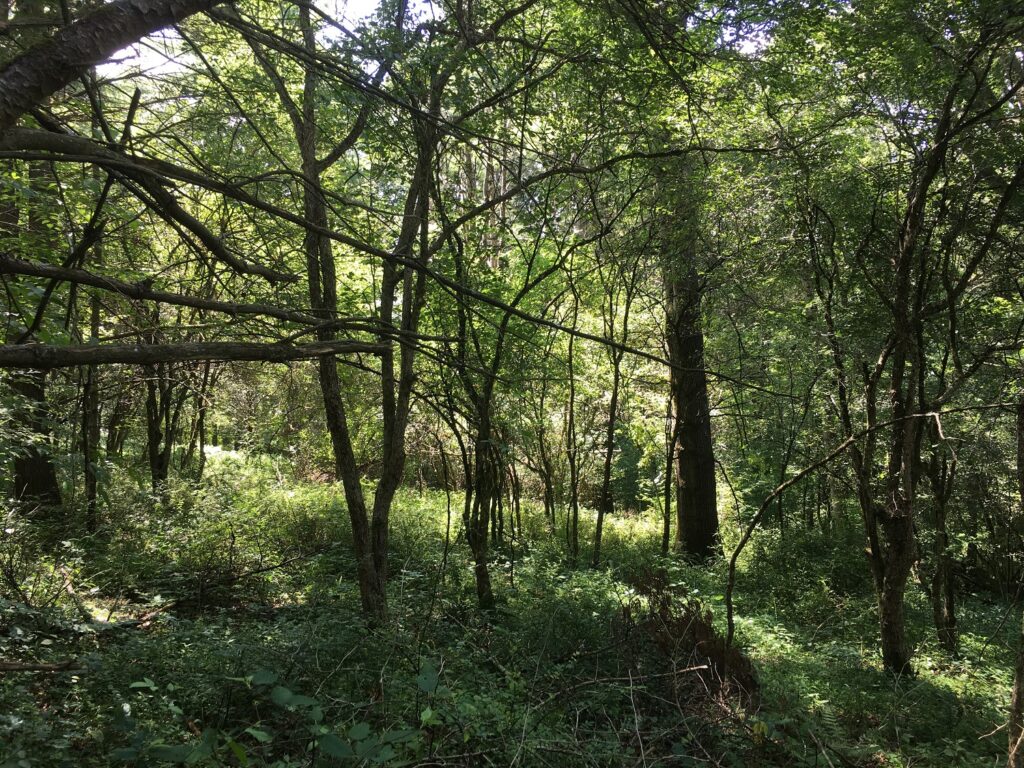Walking through forests of western Pennsylvania in the alleghany plateau is both mesmerizing with the grandeur of the pockets giant hemlocks. Hemlocks that would tower over human structures in most towns. But to think that these trees and other iconic trees of the northeastern United States have been decimated or are under siege. Across much of Pennsylvania, the emblematic state tree, the eastern Hemlock is replaced with scraggily white pine or worse, a thicket of hawthorns.
A short stroll down sidewalks of New England cities also show this pandemic of changes, as sugar maples, ash trees and elms are struggling or have succumbed to pests and diseases. The standing dead are large tombstones and memorials of what the forests were and could have been. Working in the Catskills was depressing as I went to greet towering ash trees, only to look up and see no leaves and realize the danger I am in by even touching the bones of that Fraxinus.
Every cloud has a silver lining and some native species are able to take advantage of the new real estate. Red maples, birches, beech, hickories, and oak trees rush to fill in the gaps from New York to New Hampshire. I have come across carpets and knee high thickets of these trees moving into the lush light beams that used to only fluttering illuminate their leaves in the summer.
Unfortunately, there are new combers also taking advantage of the radiance. Tree of heaven (Ailanthus altissima) and Norway maple have claimed the street corners and unkept yard borders. Their strength knows no bounds as they sprout up through steel fences, thick hedges, and concrete cracks.
What does this mean for the biogeochemistry of urban forests? To be determined. What do these changes mean for the biogeochemistry of managed forests? Also unclear. But the only thing I can say for certain is that the forests of the northeast will not be what inspired Robert Frost or Henry David Thoreau. But even in their day, the forests were not what the natives were so lucky to have had. Maybe the next generation will find beauty in the forests that are considered trash/trashed to foresters and ecologists. After all, to soil, a hungry tree root is always a friend.

